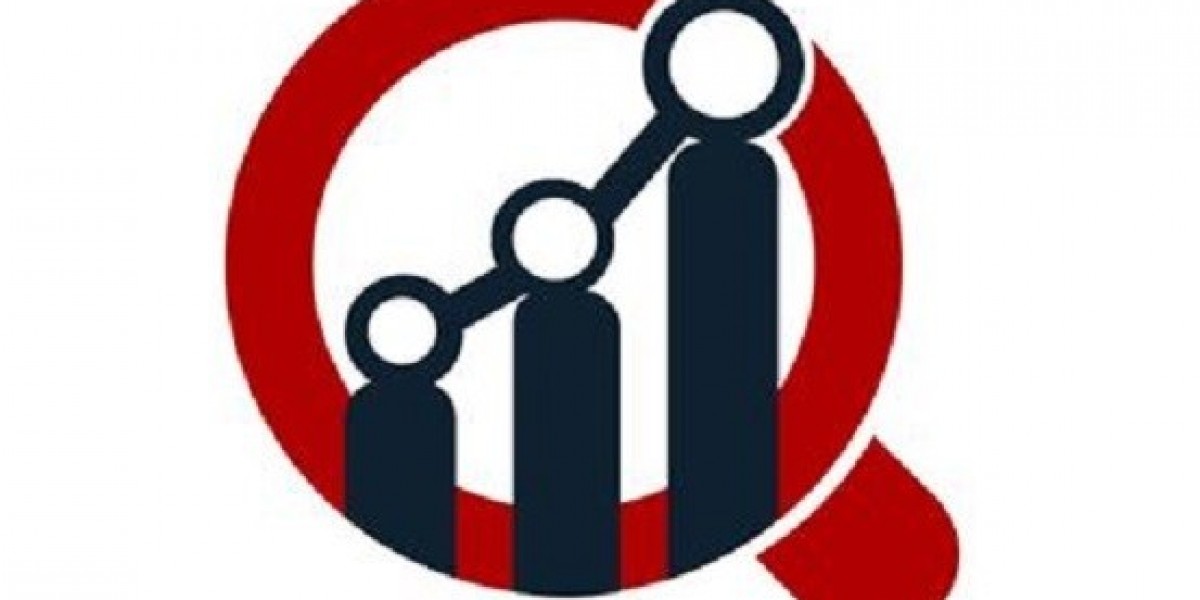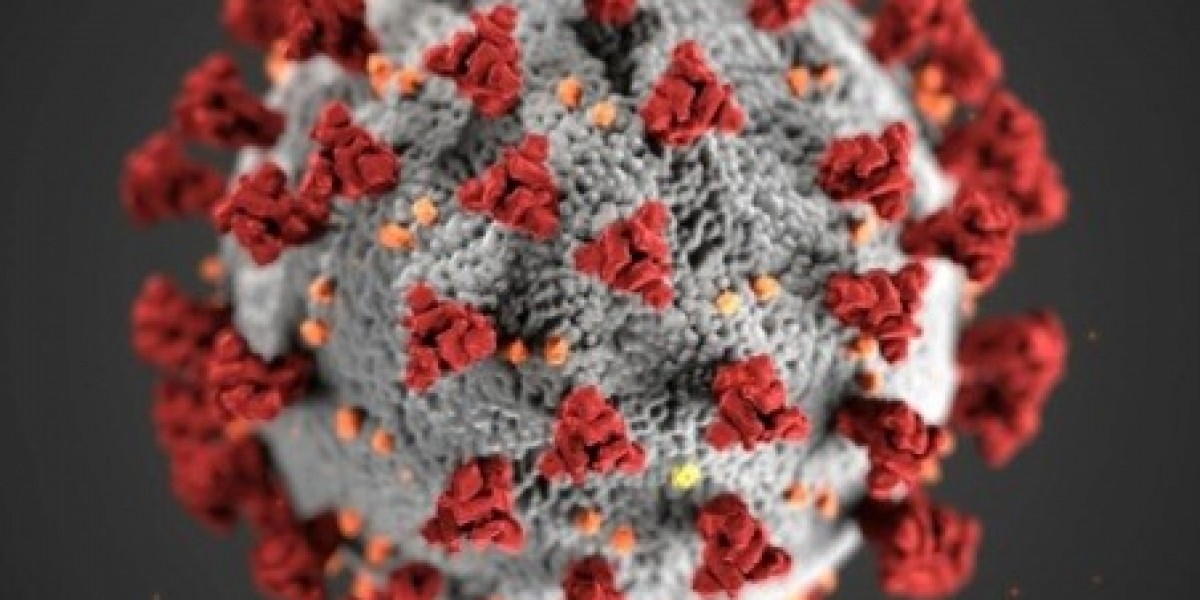? Healthcare Descriptive Analytics – Explained Simply
Descriptive analytics in healthcare is like looking in the rear-view mirror to understand what just happened — using data to summarize past events and uncover patterns.
? What It Means
Descriptive analytics focuses on “what happened?” in a healthcare setting. It takes raw data from:
Electronic Health Records (EHRs)
Insurance claims
Lab results
Patient satisfaction surveys
…and turns it into easy-to-understand summaries and visuals.
? Examples in Healthcare
Hospital readmission rates ?
Patient demographics and disease prevalence ?
Length of hospital stays ?️
Medication usage trends ?
Emergency room visit patterns ?
? Why It Matters
Helps administrators make better decisions
Identifies inefficiencies or bottlenecks
Tracks quality and safety metrics
Forms the foundation for more advanced analytics (predictive or prescriptive)
?️ Tools Used
Dashboards (e.g., Tableau, Power BI)
Excel-based reports
Healthcare information systems
SQL databases
? The First Step in Data-Driven Care
Descriptive analytics doesn’t predict or prescribe. But it’s the starting point for spotting problems, finding strengths, and ultimately improving patient outcomes and operational performance.








